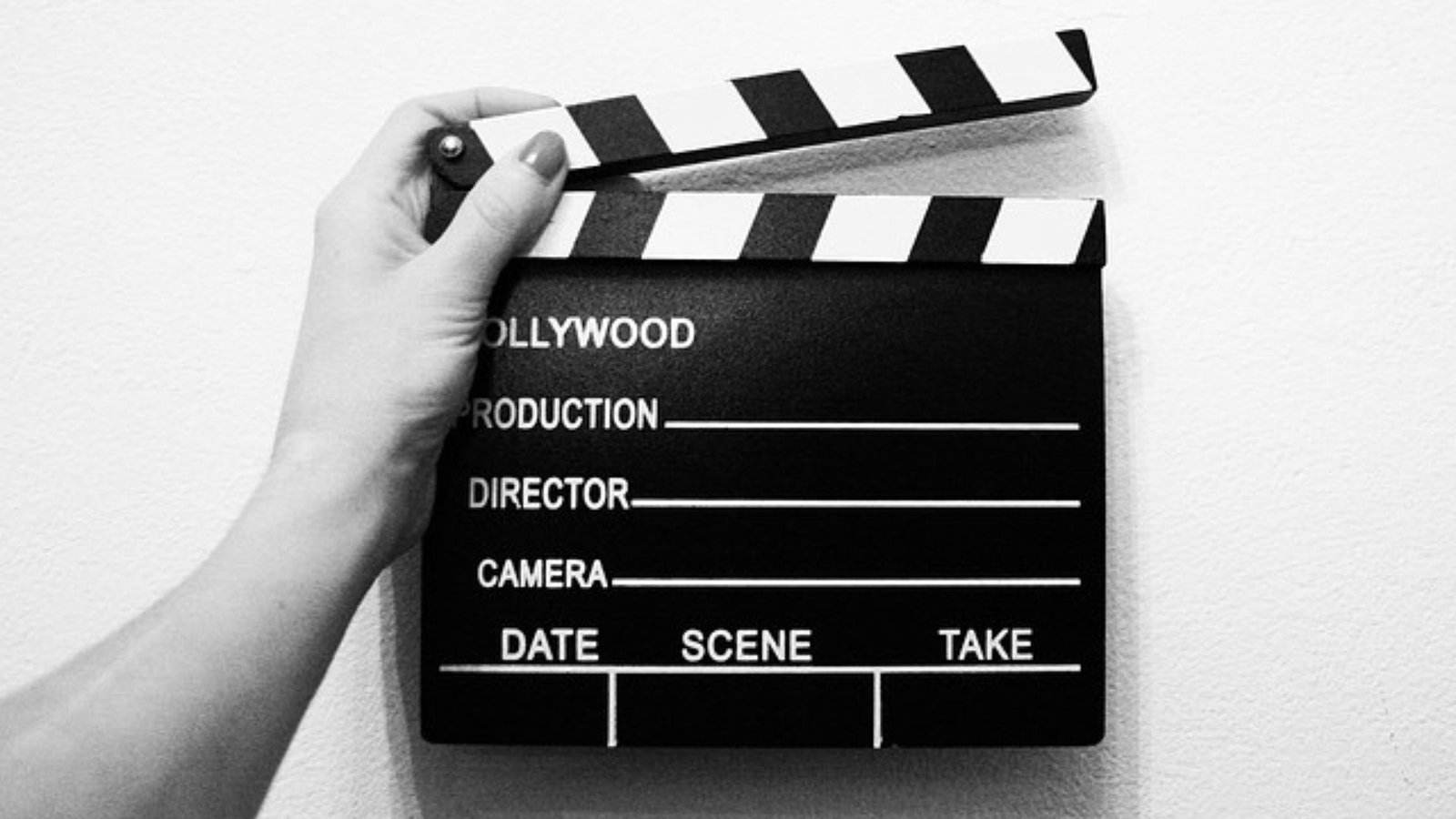Planning and storyboarding are essential to the success of any video project, whether it’s a short film, commercial, or YouTube video. Storyboarding helps you visualize each scene, while planning ensures everything is in place for smooth execution. Here’s how to effectively plan and storyboard your video projects for seamless production.

The Importance of Planning in Video Projects
Defining Your Objectives
Before jumping into storyboarding, it’s crucial to define the goals of your video. Whether you’re creating a promotional video or a narrative-driven short film, knowing your objective will guide the entire production. Consider who your target audience is, the message you want to convey, and the tone of the video.
Establishing a Budget and Timeline
Budgeting and scheduling are vital components of planning. Determine how much funding you’ll need for locations, equipment, actors, and post-production. Break down the project into smaller tasks, set deadlines, and assign roles to each team member. A well-planned budget and timeline prevent delays and ensure the project stays on track.
How to Create a Storyboard for Your Video
What is a Storyboard?
A storyboard is a visual representation of each scene in your video. It typically consists of drawings or stills, along with notes that describe the action, dialogue, and camera angles. Think of it as a blueprint for your video, helping you visualize the flow and make creative decisions in advance.
Steps to Create a Storyboard
- Write a Script: Before you can storyboard, you need a script. The script should include dialogue, scene descriptions, and any action that will take place. Break your script down into individual scenes to prepare for the next step.
- Create a Shot List: The shot list outlines every shot you’ll need to capture. It includes details like camera angles, shot sizes (wide, medium, close-up), and movements. A clear shot list keeps the production organized and ensures you don’t miss any important visuals.
- Sketch Each Scene: For each scene, create a simple sketch that illustrates the key elements. You don’t need to be an artist; basic stick figures or symbols work fine. The goal is to visualize camera positions, character placement, and action.
- Add Notes: Alongside each sketch, write notes about the action, dialogue, sound effects, or special camera instructions. This helps clarify the director’s vision and communicates it to the production team.
- Arrange the Scenes: Ensure that the scenes are in the correct order, following the narrative flow of the script. This allows you to refine the pacing, transitions, and overall structure before filming begins.
Storyboard Tools
While traditional storyboards are done by hand, many digital tools can help create more detailed and professional storyboards. Software like Storyboarder, Adobe Illustrator, or even PowerPoint can be used to design and organize your scenes.
Key Elements to Include in a Storyboard
Camera Angles
Specifying camera angles in your storyboard helps set the mood and focus for each shot. Whether it’s an over-the-shoulder shot for intimate conversations or a wide shot to establish the setting, identifying the right angles will help you achieve your desired visual effect.
Timing and Movement
Indicate how long each scene will last and note any camera movements (such as pans or zooms). This is especially important for action sequences where the timing of movements can significantly impact the pacing of the video.
Sound and Music Cues
If your video will include sound effects, dialogue, or music, mark these in your storyboard. Including these cues early on will help the editor understand how audio will align with the visuals during post-production.
Tips for Planning a Successful Video Shoot
Scout Locations
Visiting your filming locations ahead of time allows you to anticipate lighting conditions, space limitations, and potential challenges. This ensures that your planned shots are feasible and helps you prepare any necessary adjustments.
Organize Your Gear
Having the right gear ready is essential for a smooth shoot. Make a list of all equipment needed, from cameras and microphones to tripods and lighting. Ensure backups are available for critical items like batteries and SD cards.
Casting and Rehearsals
If your video includes actors, make sure to schedule rehearsals ahead of the shoot. This gives actors time to practice their lines and movements, ensuring a more efficient and polished performance during filming.
Putting It All Together: From Storyboard to Production
Review and Adjust
Once your storyboard is complete, review it with your team to ensure everyone is on the same page. Get feedback from key members like the director, cinematographer, and editor, and make adjustments where necessary. A well-prepared storyboard will save time during the shoot and help prevent costly reshoots.
Stay Flexible
Although planning is key, flexibility is equally important during production. Unexpected challenges, like weather changes or equipment malfunctions, can disrupt even the best-laid plans. Staying adaptable and making quick decisions based on your storyboard will help keep the project on course.
Conclusion
Planning and storyboarding are fundamental steps in the video production process that ensure clarity and organization. By defining your objectives, creating a detailed storyboard, and preparing for the shoot, you’ll set yourself up for success. A well-executed storyboard allows your team to visualize the project before filming begins, saving time, reducing confusion, and helping you achieve the desired outcome for your video.










